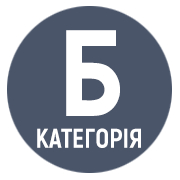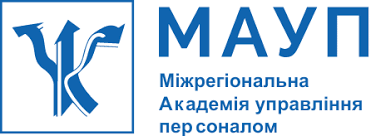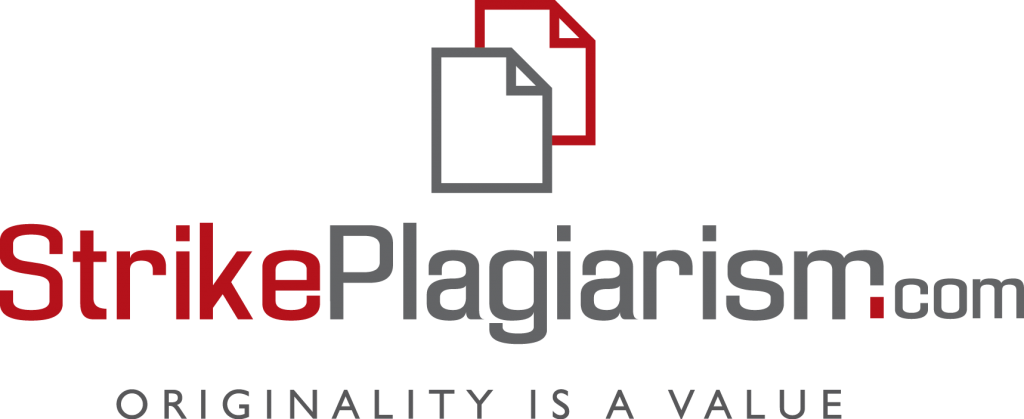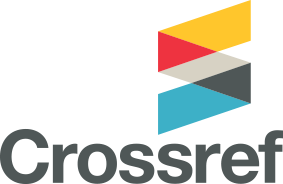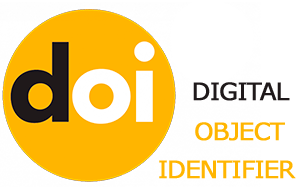THE FUTURE OF PROGRAMMING: HOW ARTIFICIAL INTELLIGENCE IS TRANSFORMING SOFTWARE DEVELOPMENT
DOI:
https://doi.org/10.32689/maup.it.2024.4.5Keywords:
IoT, thermostats, lighting, security systems, CO₂, PM2.5 and PM10, Sharp, sensor, Artificial IntelligenceAbstract
The purpose of the work. The article is devoted to the concept of connecting physical objects in a smart home to monitor and improve air quality using artificial intelligence. It explores the integration of various sensors and devices, such as air quality sensors, ventilation and filtration systems, with smart homes to create comfortable and healthy living conditions and impact on the human body. Special attention is paid to the use of AI to analyze data obtained from sensors to automatically adjust air parameters, such as CO₂ levels, humidity and temperature, in order to maintain an optimal microclimate., how artificial intelligence can improve the energy efficiency of smart homes, reducing energy consumption and lowering heating, cooling and ventilation costs, while supporting the health of residents. Scientific novelty. The article also assesses the potential challenges and future prospects for the implementation of such technologies, taking into account both technical and ethical aspects. The aim of the work is to demonstrate how innovative IoT and AI-based solutions can change the approach to environmental management in homes, improving air quality and living comfort. Conclusion. Overall, the concept of connecting physical objects and using AI to improve air quality in a smart home is an important step towards creating safer, healthier, and more energy-efficient living environments, which has the potential to significantly change the field of residential comfort and engineering technologies in the future.
References
"Internet of Things – An action plan for Europe". ec.europa.eu. Commission of the European Communities. 18 June 2009. COM(2009) 278 final.
"Lighting control saves money and makes sense" (PDF). Daintree Networks. Retrieved 2009-06-19.
"The Computer for the 21st Century". Scientific American. 265 (3), 94–04. Bibcode:1991SciAm.265c..94W. doi:10.1038/scientificamerican0991-94.
Bahga, Arshdeep; Madisetti, Vijay (2014-08-09). Internet of Things: A Hands-On Approach. VPT. p. 50. ISBN 978-0-9960255-1-5.
Catalin Cimpanu (23 вересня 2016). Akamai Boots Krebs from Their Network After Never-Ending DDoS Attack. Softpedia.
Catalin Cimpanu (5 жовтня 2016). Akamai Post-Mortem Report Confirms Mirai as Source of Krebs DDoS Attacks. Softpedia.
Dan Goodin (20 березня 2013). Guerilla researcher created epic botnet to scan billions of IP addresses. Risk Assessment. Ars Technica.
Gillis, Alexander (2021). "What is internet of things (IoT)?". IOT Agenda. Retrieved 17 August 2021.
Hendricks, Drew (10 August 2015). "The Trouble with the Internet of Things". London Datastore. Greater London Authority. Retrieved 10 August 2015.
Muhammad Junaid Bohio (19 march 2015). Analyzing a Backdoor/Bot for the MIPS Platform. SANS Institute. Архів оригіналу за 2 вересня 2016. Процитовано 9 листопада 2016.
Shafiq, Muhammad; Gu, Zhaoquan; Cheikhrouhou, Omar; Alhakami, Wajdi; Hamam, Habib (3 August 2022). "The Rise of "Internet of Things": Review and Open Research Issues Related to Detection and Prevention of IoT-Based Security Attacks". Wireless Communications and Mobile Computing. 2022: e8669348. doi:10.1155/2022/8669348. ISSN 1530-8669.
Steve Ragan. Here are the 61 passwords that powered the Mirai IoT botnet. CSO Online.
Zach Wikholm. When Vulnerabilities Travel Downstream. Flashpoint.
Брайчевський, С. М. Проблема персональних даних в системах Інтернету речей з елементами штучного інтелекту. Інформація і право. 2019. 4 (31). doi:10.37750/2616-6798.2019.4(31).194348.
Головна Smart Home: Одомашнювання Інтернет речей
Інтернет речей: друг чи ворог?. Архів оригіналу за 16 січня 2014. Процитовано 15 січня 2014.
